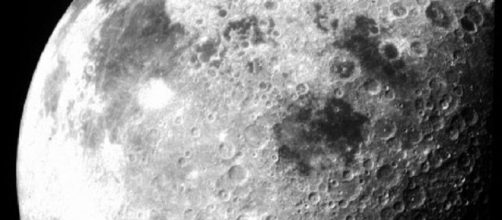One of the awe-inspiring aspects of the Apollo moon landings is that decades later they are still yielding good science. Tools for analyzing the rock and soil sample brought back by the astronauts are being invented all the time to gain new insights into the evolution and nature of Earth’s nearest neighbor. A case in point was reported recently by Phys Org about how NASA’s Solar System Exploration Research Virtual Institute studied the samples collected and brought back by Apollo 15 and Apollo 17.
The moon once had an atmosphere
Billions of years ago, the moon’s interior was still hot and was producing volcanic eruptions that spewed lava flows across the lunar surface.
At the same time gas, that contained carbon monoxide, along with some parts of water, sulfur, and other volatiles, expelled out across the moon, giving it at atmosphere about one and a half times the density of Mars' for about 70 million years. At that time, the moon was three times closer to the Earth than it is currently and thus appeared three times larger in the sky. Eventually, the volcanism cooled and the atmosphere was lost into space. The moon still has a trace atmosphere, but little to speak of.
How the Apollo samples helped the scientists
The NASA Scientists, some of which were likely not even born when the samples they were handling had been collected, noted the rocks, essentially cooled lava called basalts, contain elements of gas as well as water.
Scientists speculate that at one time the lunar atmosphere had enough water vapor to fill Lake Tahoe had it been condensed. Most of the vapor was lost to space, but some likely made its way to the cold traps at the lunar poles where they reside as ice, shielded from the sun.
The findings bring more impetus to the idea of funding the Lunar Resource Prospector, a lander that would touch down inside the craters at one of the lunar poles to prospect for the ice, which not only can be used to sustain future lunar colonists, but will provide insights into the moon’s geology billions of years ago.
What happens now?
Thanks to the new push to go back to the moon by the Trump administration, the prospect for more expeditions to the moon, and the establishment of a base have become brighter than has been the case for at least the last ten years. The revelation that the moon was not always a dead world will no doubt encourage more science just as policymakers dream of a return for commercial and national prestige reasons.


